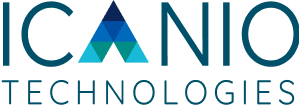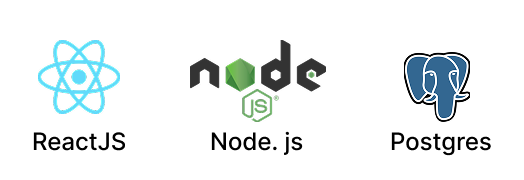Support Engineering: 24/7 Support
A 24/7 support engineering framework built for a fast-scaling customer data platform serving global enterprises. The team managed L1 operations, ensuring uninterrupted system uptime and rapid incident triage. This proactive support model reduced engineering overhead while maintaining platform stability and customer trust.
Platform Developed


Overview
Provided dedicated 24/7 Support Engineering (L1) for a high-velocity Customer Data Platform (CDP) by monitoring 23+ dashboards and performing rapid triage/resolutions using standardized playbooks. This significantly improved Mean Time to Resolution (MTTR) and reduced engineering overhead.
Problem
- The Client faced challenges in managing 24×7 platform operations due to frequent alerts, unstructured L1 ownership, and increasing pressure on internal engineering teams.
- The lack of a round-the-clock triage and escalation structure resulted in delays and slower resolution times.
Solution
- Real-Time Monitoring & Alert Handling: A dedicated team monitored 23+ dashboards covering infrastructure, application health, data pipelines, and campaign delivery.
- Rapid Triage & First-Level Resolutions: Performed immediate checks, log analysis, node scaling, and job restarts to address issues proactively and resolve common alerts
- Standardized Playbooks & Escalation Paths: Followed well-defined Standard Operating Procedures (SOPs) to reduce downtime and ensure seamless handover of complex issues to L3 teams.
- Transparent Reporting & Traceability: Maintained detailed incident logs, shift reports, and audit trails for all alerts, actions, and escalations.
Key Business Outcomes
- Improved Platform Reliability & Uptime: Ensured 24×7 monitoring and faster Mean Time to Resolution (MTTR), leading to higher system availability and customer.
- Reduced Engineering Overhead: Offloaded L1 support load by resolving common alerts and false positives, enabling internal engineering to focus on core development.
- Operational Transparency & Accountability: Delivered structured reporting, shift logs, and escalation matrices to ensure full traceability and smoother collaboration.
Technology






















